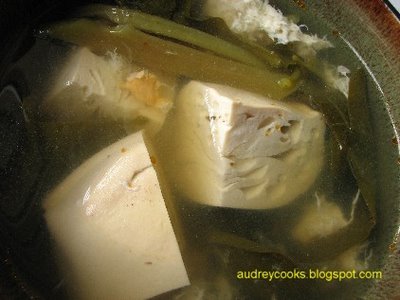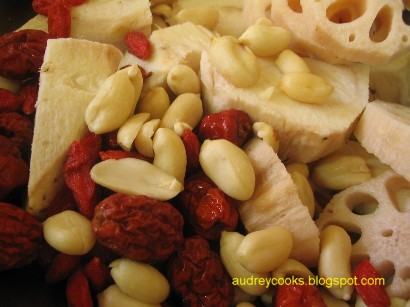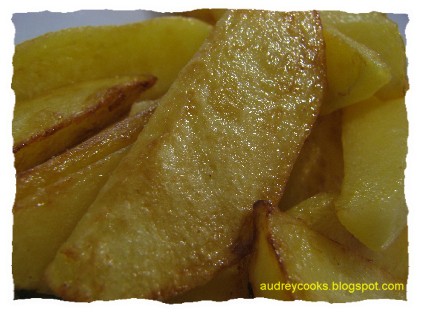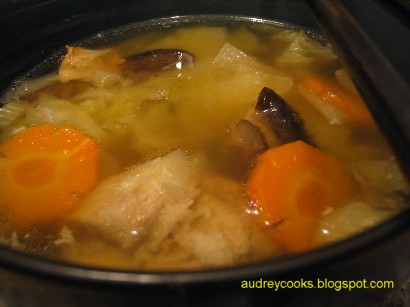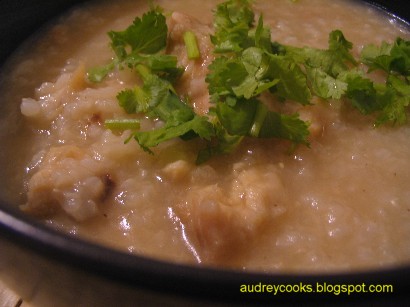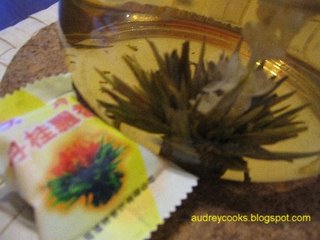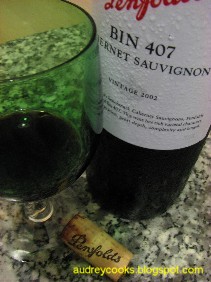
Finally, all tension is gone, Germany has gotten the 3rd placing in the 2006 World Cup. At least I got to watch Oliver Kahn in action for the last time today in his last world cup play. He is not exactly the greatest looking guy on the field but he is definitely the man for the job. With him on the team was like placing a pillar of confidence to the Germany team since Ballack's injury. Great game! and great goal keeping! Viva Germany! see you in 4 years time.
Had a pefect reason to celebrate and has to be a tasty juicy roast, I'm starved of red meat lately. Rosemary Roast Leg of Lamb with potatoes, blanche broccoli and crispy curly greens seems to fit the profile just right.
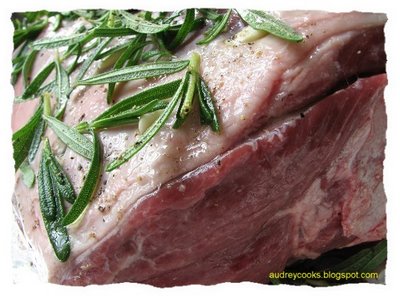
For the leg of lamb, I usually pick Wammco International, (Australian), vacumn-packed chilled meat. It beats getting a frozen chump anytime. The meat is more tender and tastes better, all 2.4 kg of pure red meat!
Preheat oven at 210 degree celsius.
Just tear open the chiller wrap and rinse the leg of lamb under some filtered water. Pat dry with disposable kitchen towels. Place leg of lamb on a roasting tin. Use a sharp paring knife, make slits on the top part of the leg (where the layer of fat is) and push a slice of silvered garlic into each slit. Grind sea salt and black pepper over the leg and pluck sprigs of fresh rosemary and throw on top. (see photo above) Put it into the oven and time it to 30 minutes uncovered. Check it meat is properly brown on top then cover with an aluminium foil. Continue to roast for 1 hour. Check roast, baske with its drippings and continue to roast for another 20 minutes to get a medium to well done piece. I roasted it longer because most of my takers tonight are children. My roast is close to well done but not dry, all in all 2 hours 15 minutes.

While the leg of lamb is roasting away, wash some potatoes and praboil for 15 minutes. When roast is 30 minutes to ready, toss in the potatoes.
Cut broccoli into large pieces and blanche in hot boiling water for 30 seconds. Drain and plunge them in icy cold water to stop cooking and maintain crunchiness.
As for the crispy curly vegetable, just wash lightly under filtered water and decorate.
Please remember to let the roast sit for 1/2 hour before carving. While that's going on, pour all the dripping from the roasting tin into a small saucepan. Skim off the oil and thicken with 2 Tbsp of flour mixed with 5 Tbsp water. Stirring while heating and pour in a glass of white wine. When sauce begins to thicken, cut off the heat.
Last but not least, uncork a bottle of choice red wine to complete the lovely evening. Cheers!
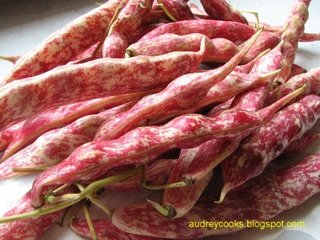 Ceylon Spinach is known as 'Saan Choy' in Cantonese. Easily grown in Malaysia, this spinach has deep green leaves with bright red stems. It is popular in clear soups and has a somewhat a slippery texture when it's cooked.
Ceylon Spinach is known as 'Saan Choy' in Cantonese. Easily grown in Malaysia, this spinach has deep green leaves with bright red stems. It is popular in clear soups and has a somewhat a slippery texture when it's cooked.  Love the looks of these beans in the water, don't you? Anyway, back to my clear Ceylon Spinach soup. This soup is rich in vitamins and minerals.
Love the looks of these beans in the water, don't you? Anyway, back to my clear Ceylon Spinach soup. This soup is rich in vitamins and minerals. 
